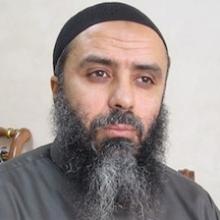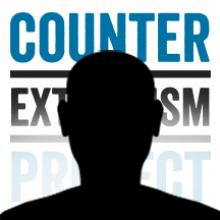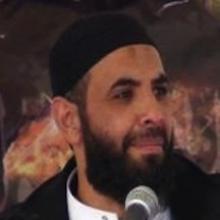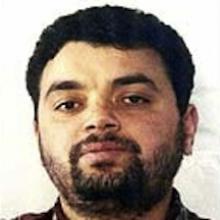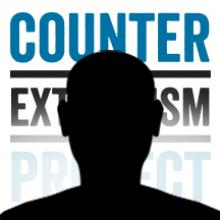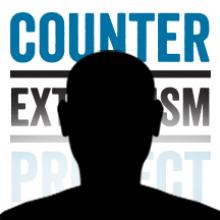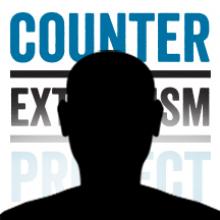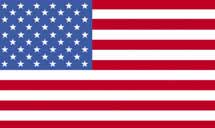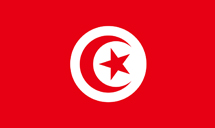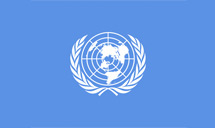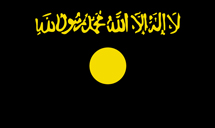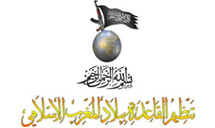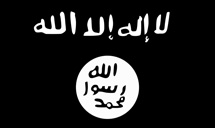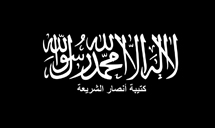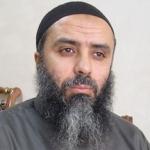Also Known As:
- Al-Qayrawan Media Foundation
- Ansar al-Sharia
- Ansar al-Shari’ah
- Ansar al-Shari’a in Tunisia (AAS-T)
- Ansar al-Shari’ah in Tunisia
- Partisans of Islamic Law in Tunisia
|
- Partisans of Sharia in Tunisia
- Shabab al-Tawhid (ST)
- Supporters of Islamic Law
- Supporters of Islamic Law in Tunisia
- Supporters of Sharia in Tunisia
|
Executive Summary:
Ansar al-Sharia in Tunisia (AST) was a Salafist group that was prominent in Tunisia from 2011 to 2013. AST sought to implement sharia (Islamic law) in the country and used violence in furtherance of that goal under the banner of hisbah (the duty to command moral acts and prohibit immoral ones). AST also actively engaged in dawa (Islamic missionary work), which took on many forms but were largely centered upon the provision of public services. Accordingly, AST found a receptive audience among Tunisians frustrated with the political instability and dire economic conditions that followed the 2011 Tunisian Revolution. The group received logistical support from al-Qaeda central, al-Qaeda in the Islamic Maghreb (AQIM), Ansar al-Sharia in Libya (ASL), and later, from ISIS. AST was designated as a terrorist group by the United States, the United Nations, and Tunisia, among others.
AST was originally conceived in a Tunisian prison by 20 Islamist inmates in 2006, according to Aaron Zelin at the Washington Institute for Near East Policy. Following the Tunisian Revolution in 2011, many of those Islamist inmates were pardoned and released from prison, including Seifallah Ben Hassine (a.k.a. Abu Iyad al-Tunisi). Ben Hassine formally established AST in April 2011 and, according to a spokesman for Tunisia’s Interior Ministry, many of AST’s original members “were among those released from prison” under the general pardon.
Following the revolution, new-found civil liberties enabled AST to openly proselytize and the group claimed to amass as many as 70,000 followers. AST initiated several violent protests, including the September 2012 attack on the U.S. embassy in Tunis. AST militants were also held responsible for the assassination of secular Tunisian politicians Chokri Belaid and Mohamed Brahmi in February and July 2013, respectively.
In August 2013, the Tunisian government designated AST as a terrorist organization and launched a large-scale crackdown on the group. With the high number of arrests among its leadership and fighters and the rise of ISIS across the region, AST began to fragment. In July 2014, AST spokesman Seifeddine Rais declared loyalty to ISIS leader Abu Bakr al-Baghdadi. By mid-2015, analysts had reported that AST no longer existed in any meaningful way and that many of its surviving militants had left to fight alongside other jihadist groups in Libya and Syria.
Doctrine:
AST embraced Salafism: the belief that “pure Islam” was practiced by the generation of pious Muslims (the salaf) that lived around the time of the Prophet Muhammad. To restore “pure Islam” in modern times, AST supported the creation of an Islamic state governed by sharia. An unnamed AST member stated in an interview that “[t]he state that we imagine is based on God’s laws. This is the [sic] not up for discussion. We are Muslims and we want to act according [to] the Quran and sunna [body of legal practice].” AST claimed democracy and sharia cannot exist simultaneously—according to jihadist group scholar Aaron Y. Zelin, AST “believe[d] democracy is a separate religion from Islam.”
AST members in Europe reportedly “flocked” to listen to al-Qaeda’s “most influential” cleric, Abu Qatada, who was also known as Osama bin Laden’s “European ambassador” for a time. AST shared al-Qaeda’s vision of global jihad and promoted jihad abroad. “With our religion we can dominate the world, just like we used to in the past,” an anonymous AST member declared in 2013. In Tunisia, AST mainly focused on dawa, which it viewed as a precursor to future violent jihad. “This is a long-term vision to prepare society,” AST spokesman Hassen Brik said. “We are for jihad, armed revolution, but we cannot do this if the people are not with us. It will only be possible when everyone is behind the vision.”
Organizational Structure:
According to an alleged AST leader, the group was a “lightweight and decentralized movement, with an extended autonomy for the local groups, which are the real core of the movement.” The leader went on to emphasize the importance of the organization’s lowest level, local groups made up of around 20 people who coordinated the organization’s activities neighborhood by neighborhood. The organization was reportedly divided into northern, central, and southern branches.
Counterterrorism scholar Daveed Gartenstein-Ross noted that although AST was divided into small, autonomous sub-groups, the group’s senior leadership was not “irrelevant or lacking any means of control.” In fact, senior leadership reportedly had direct control over various compartments, including offices for dawa, humanitarian activities, media, and tactical coordination. Gartenstein-Ross explained that “sources loyal to AST have an incentive to portray it as decentralized… by emphasizing this decentralization, AST can engage in violence without triggering a state crackdown.”
Financing:
AST’s principal fundraisers were “[Tunisian] charities that raise financial and in-kind donations,” according to Tunisian journalist Nebil Zaghdoud. Tunisian researcher Sami Brahem said AST profited from smuggled goods and from “more than 120 legal organisations that distribute subsidies,” many of which operate overseas.
The Tunisian and U.S. governments claim AST received funding from al-Qaeda, particularly its affiliate al-Qaeda in the Islamic Maghreb (AQIM). In August 2013, Tunisia’s Director General of National Security, Mustapha Ben Amor, said that AST “is a member of the parent terrorist al-Qaeda” and that its financing came from “certain Arab countries, such as Yemen, Libya and Mali.” David Cohen, then–U.S. Undersecretary of the Treasury for Terrorism and Financial Intelligence, stated that “AQIM…has provided funding for other terrorist groups including Ansar al-Sharia in Tunisia.”
Recruitment and Training:
AST claimed to have recruited as many as 70,000 members since it was established in April 2011, according to a 2014 Economist article. AST appeared to attract recruits by capitalizing on popular frustration with the Tunisian government. As one student supporter of AST said: “They welcome people, they perform charitable works that the state doesn’t do: caravans bringing food aid, assistance, clothes, in every corner of the country in the poor neighborhoods.”
Like other Salafist groups, AST seemingly expanded its membership by recruiting through “preaching tents” on school campuses. AST also recruited through social media. The group’s media wing, al-Qayrawan Media Foundation, used a Facebook page and Twitter account until both were removed. Al-Qayrawan later reemerged on those sites under other names.
Thousands of AST members received military training at camps in Libya and many went on to Syria to fight, alongside ISIS and other jihadist groups, against Bashar al-Assad’s forces.
